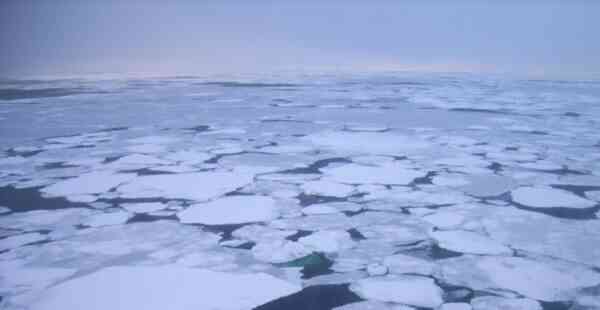Located in the harsh northern regions of the Laptev Sea, adjacent to the Arctic Ocean – the edge of harsh nature, to survive in which is not easy. The climate here is comparable to that in the seas washing the shores of Antarctica, so shipping here is very poorly developed. But amazing creatures live in its cold waters, which are not found in warmer regions.
Interesting facts about the Laptev Sea
- For 10 months of the year it is completely covered with ice, which only melts in August and September.
- In the past, the Laptev Sea was called the Siberian, Lena, Tatar and Arctic, as well as the Nordenskiöld Sea. It received its modern name in 1935, in honor of the Laptev brothers, who devoted their entire lives to the study of the Arctic regions.
- It has more than 20 islands, where the remains of mammoths are still found, well preserved in such a frosty climate.
- The area of the Laptev Sea is twice the area of Finland (interesting facts about Finland).
- For 9-10 months annually, the water temperature in it does not exceed 0 degrees.
- The shores of the Laptev Sea are very poorly populated.
- The Lena River flows into it, the second largest of all Arctic rivers. More than 70% of all river waters in the Laptev Sea come precisely thanks to her.
- More than half of the entire sea is shallow with a depth of less than 50 meters. However, the deepest point here is 3385 meters.
- Due to severe weather with frequent storms and hurricanes, the islands of this sea are gradually disappearing under the influence of erosion. Several previously discovered islands in these parts have already disappeared.
- Only 39 species of fish live in the cold waters of the Laptev Sea.
- Its underwater shelves contain rich deposits of oil and natural gas.
- The largest animal living on the shores of the Laptev Sea is the polar bear.
- The temperature in these parts in winter sometimes drops to -50 degrees, and in the warmest months in the south it sometimes rises to +10.
- Due to the ice sheets that hold down most of the sea, the height of the tides here rarely exceeds half a meter, and the height of the waves is 1 meter.
- A little over 100 species of algae grow in the waters of the Laptev Sea.
